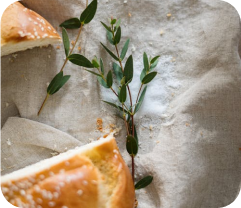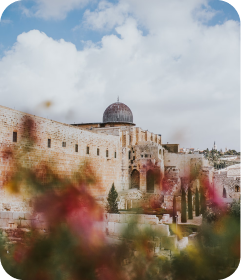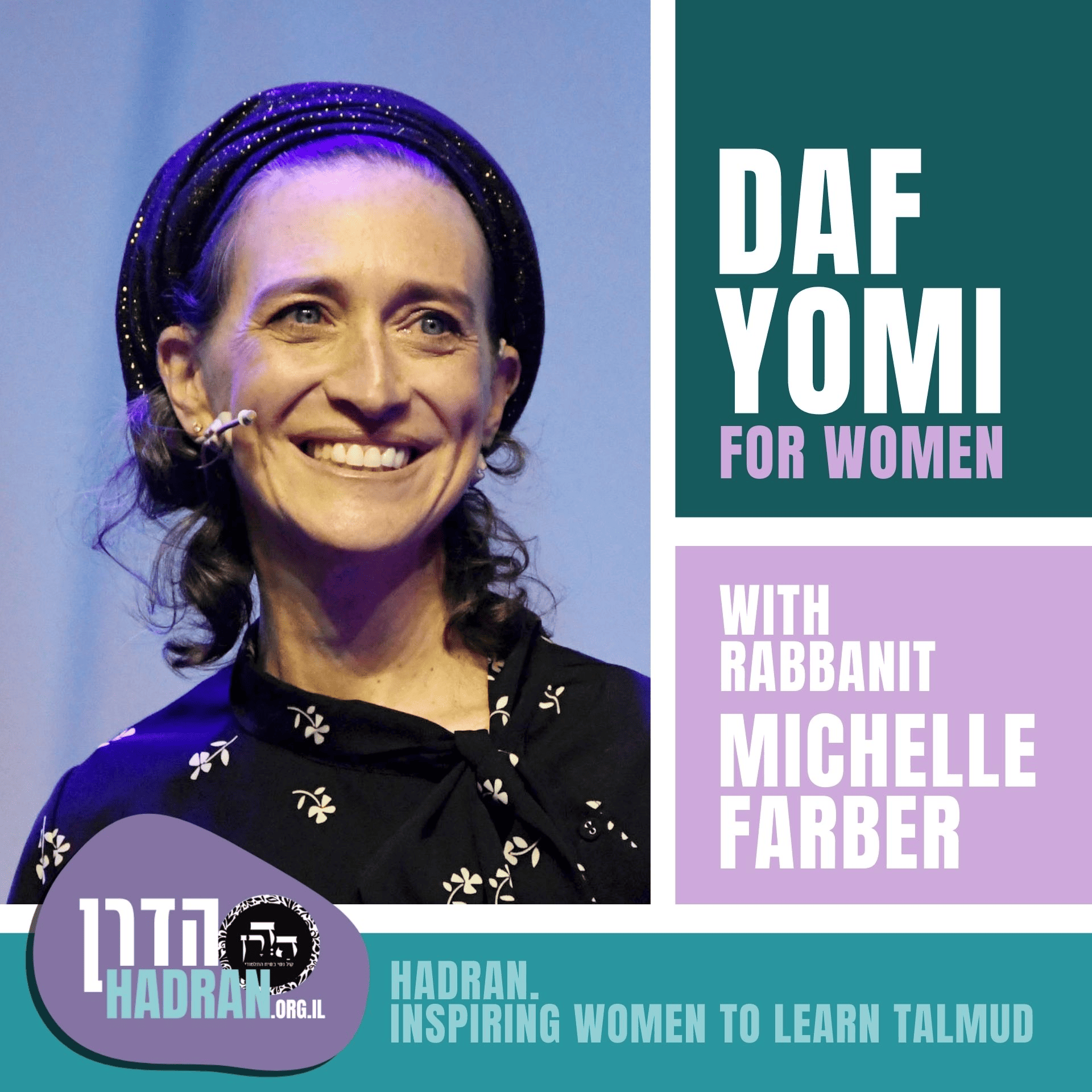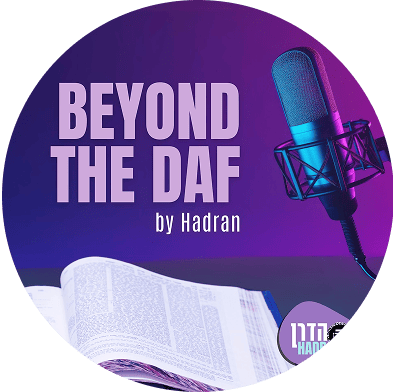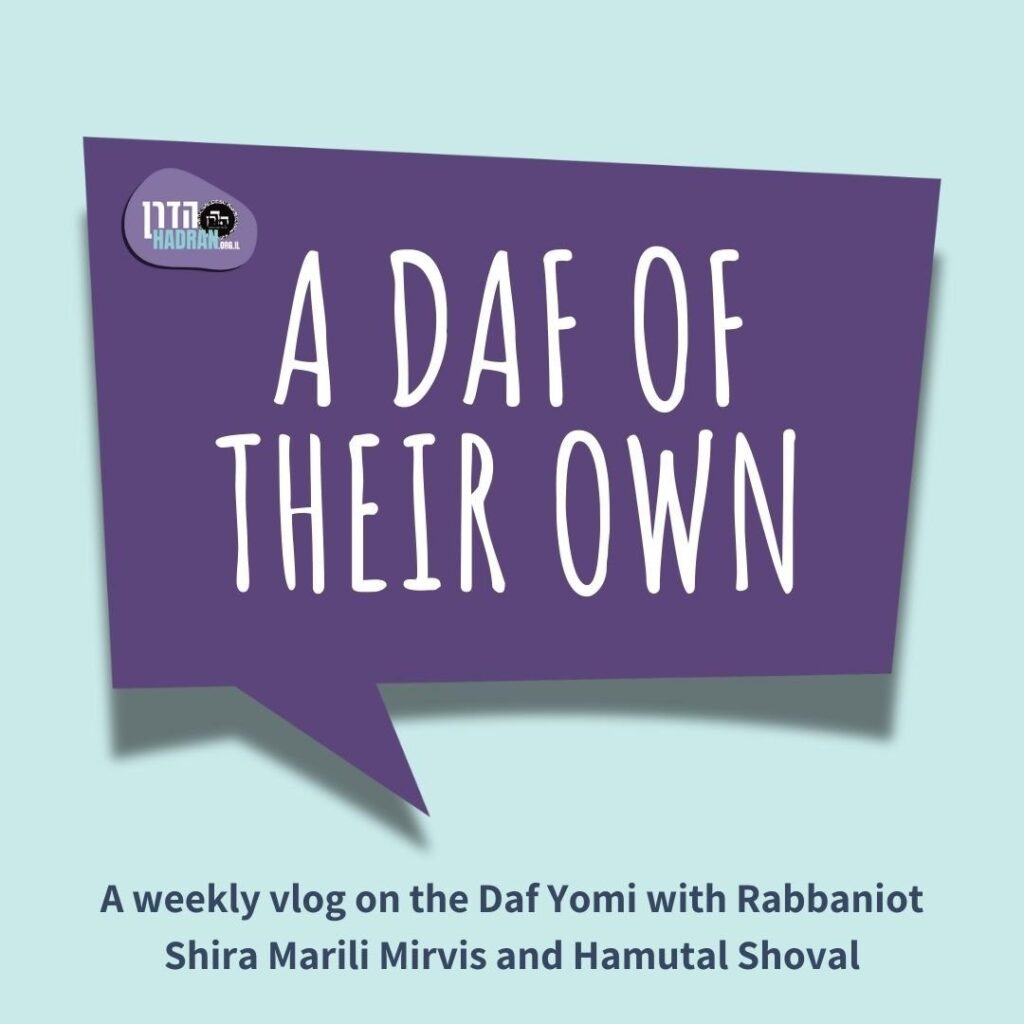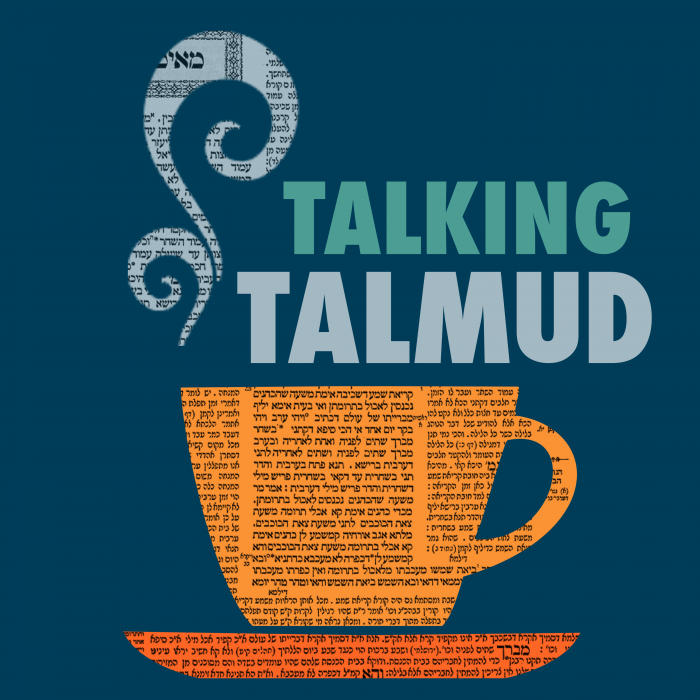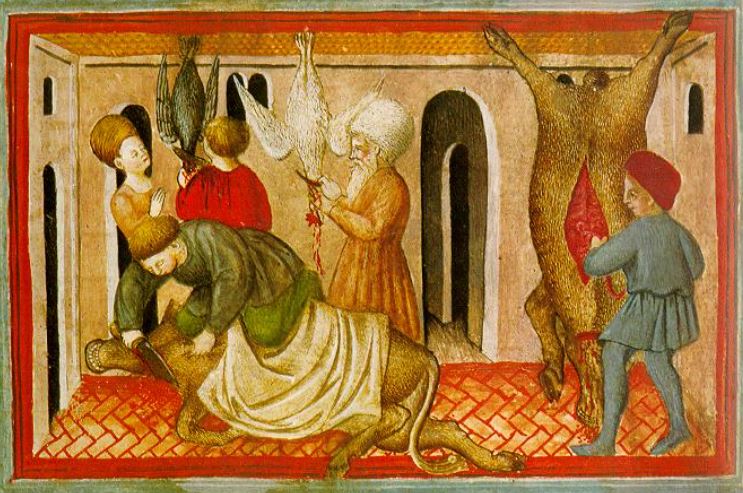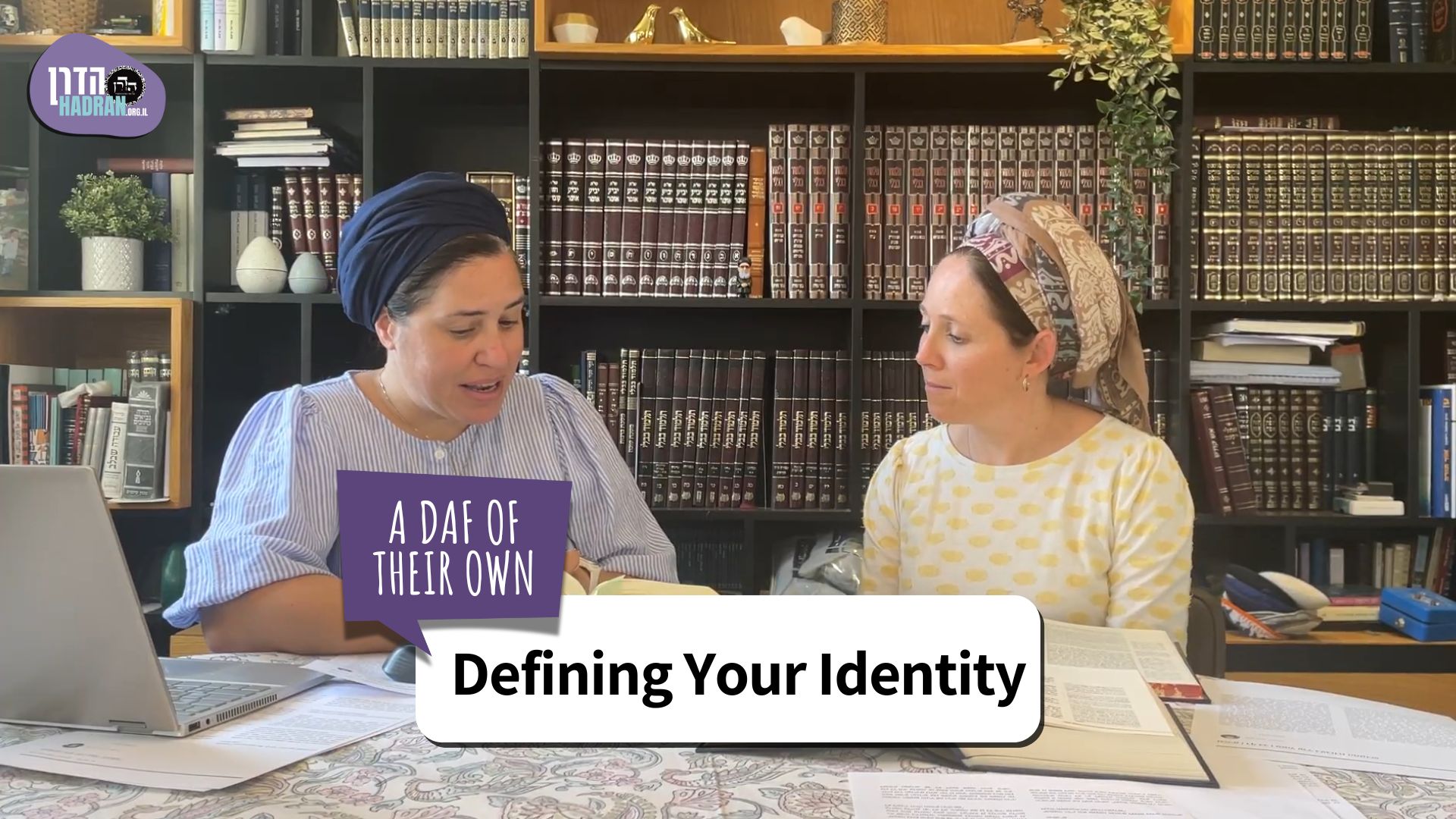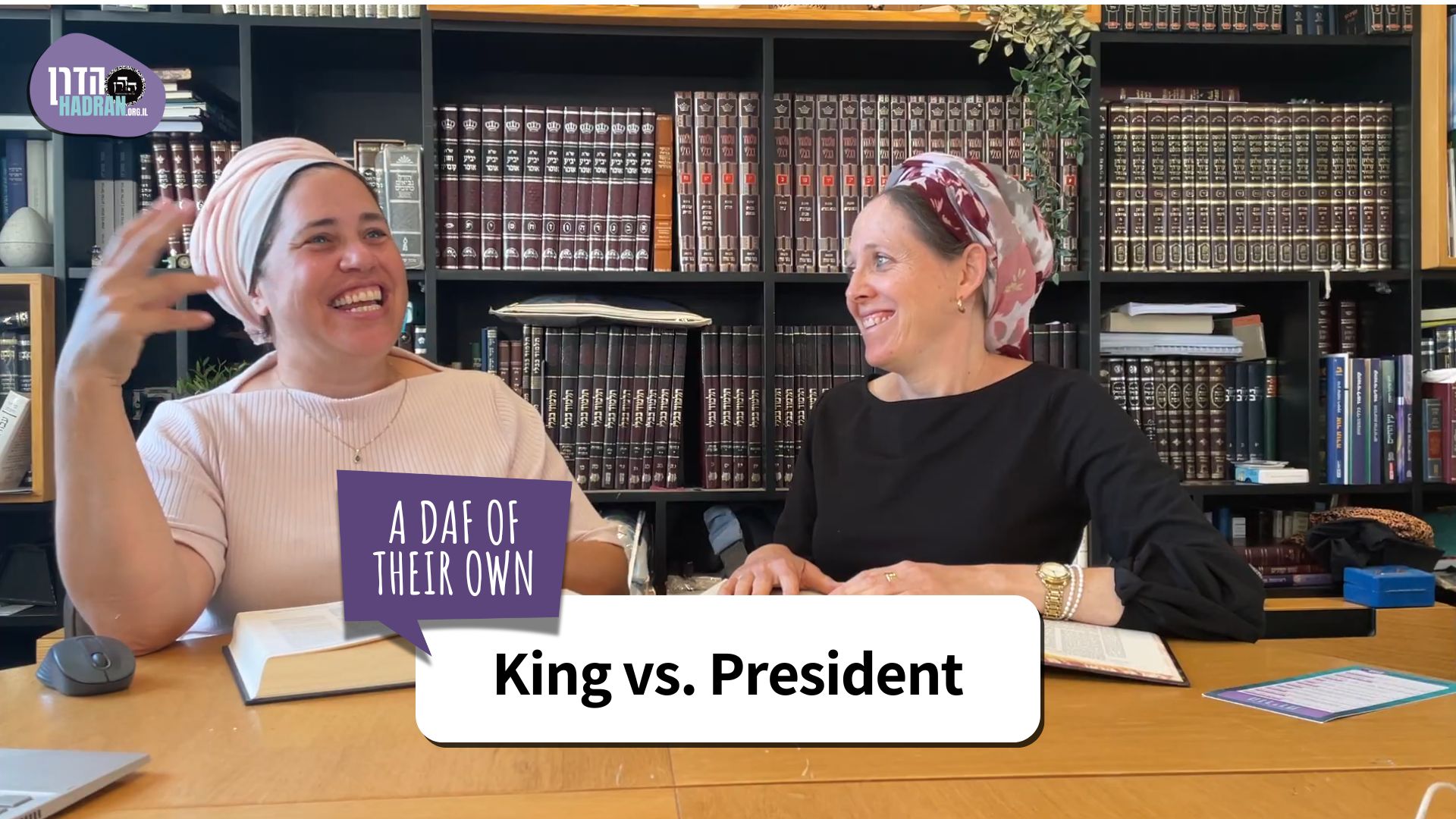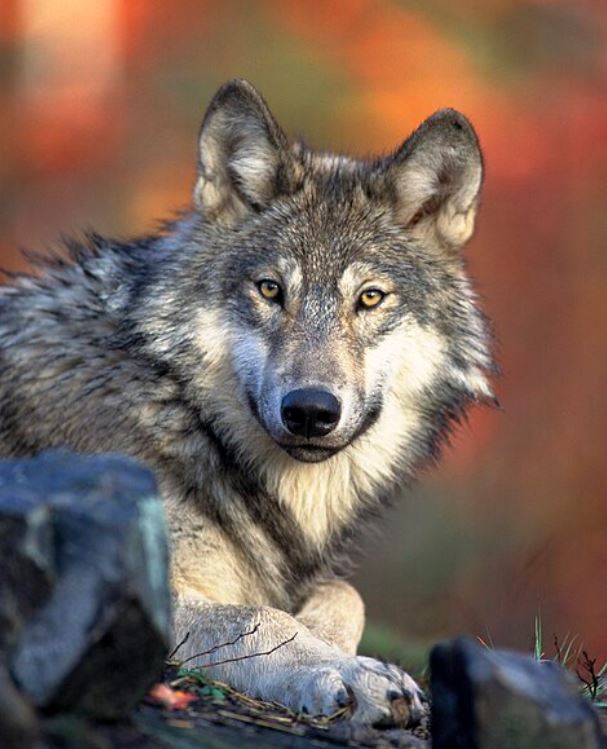
Hadran: Advancing Talmud Study for Women
Hadran supports Jewish women of all ages, backgrounds and skill levels with resources and inspiration to engage in Talmud study.
Zevachim 85
Rabbanit Michelle Farber
12.08.2025 | י״ח בכסלו תשפ״וStart Studying Talmud
Daf Yomi
Get ‘on the same page’ with Jews around the world on a daily basis.
Masechet
Select a section of the Talmud to suit your learning interests and schedule.
Beyond the Daf
Delve deep with weekly classes and podcasts from top women scholars.
Courses
Develop your Talmud study skills with self-paced online courses.
Circle of Friends
📣Please join Hadran’s Circle of Friends 2026!
As we approach the close of 2025, we pause to reflect with gratitude on the incredible year of Talmud learning we’ve shared together.
🌍Hadran is a growing community dedicated to making Talmud study part of daily life – rooted in tradition, driven by curiosity, and open to all – and YOU are an important part of it.
Support Hadran to keep Talmud learning accessible for thousands of women worldwide.
🎁Your gift empowers learners, yourself included, to become sources of inspiration, bringing Jewish knowledge and commitment into homes, conversations, and communities.
Together, we can make the study of the Talmud in 2026 more accessible to women, and more inspiring, and unifying than ever before.
💜Thank you for being part of our Hadran family!

Resources
Talmud, Your Way
Experience Talmud with daily or weekly shiurim from top women scholars, each with a different focus and flavor. There’s something here for everyone.
Recently added
Daf Yomi
Beyond the Daf
Din & Daf
A Daf of Their Own
Flashback
Gefet
On Second Thought
Daf Yomi: One Week at a Time
Talking Talmud
Beyond the Daf (HE)
Suggested for you
Your history
Talmud, Your Way
Experience Talmud with daily or weekly shiurim from top women scholars, each with a different focus and flavor. There’s something here for everyone.
Daf Yomi
Zevachim 85
Rabbi Yochanan rules that one who slaughters an animal at night and offers it outside the Azara is liable for bringing an offering outside the Temple. This is despite the general principle that one is only liable for offering outside if the slaughtering was performed in a mostly valid manner. Rabbi Yochanan reasons that this case is no worse than one who slaughters outside and offers outside, even according to Rabbi Yehuda, who holds that if one slaughters at night and places the offering on the altar, it must be removed.
Rav Chiya bar Avin raises a difficulty with Rabbi Yochanan’s comparison, citing the case of slaughtering a bird inside the Azara. Some understand this as an unresolved challenge to Rabbi Yochanan, while others distinguish between slaughtering a bird inside and slaughtering an animal outside: the act of slaughtering a bird in the Temple is completely invalid, since melika rather than slaughter is required.
Ulla rules that the imurim (the fatty parts burned on the altar) of kodashim kalim that were placed on the altar before the blood was sprinkled remain there, even though they are only sanctified after the blood is applied. Rabbi Zeira attempts to prove Ulla’s ruling from a braita in Zevachim 84a, where the blood spilled and could no longer be placed on the altar. If in that case the imurim remain on the altar, all the more so in Ulla’s case, when the blood could still be applied. His proof, however, is rejected: perhaps the braita there refers only to kodashei kodashim, which are sanctified before the blood is applied. A difficulty is raised against this rejection, but it is resolved.
A further attempt to support Ulla comes from an inference in the Mishna from the sentence that live animals are taken down from the altar. One might infer that if they were slaughtered, the imurim would remain – even for kodashim kalim. This inference is rejected, and the Gemara explains that the case teaches about a blemished animal with an eye defect. Even according to Rabbi Akiva, who permits such a blemish if the animal has already been brought on the altar, here, since the animal is still alive, it must be removed. Two difficulties are raised against the assumption that the Mishna refers to disqualified animals, but both are resolved.
There are two versions of a question posed by Rabbi Yochanan, related to Ulla’s case of imurim placed on the altar before the blood was sprinkled.
Rabbi Yochanan further limits Rabbi Akiva’s leniency regarding blemished animals already on the altar to minor blemishes – those that do not constitute disqualifications in birds.
Daf Yomi
Zevachim 84
In the dispute among the five Tannaim regarding which items remain on the altar even if they have become invalid, Reish Lakish points out cases where there is a practical halakhic difference between the various opinions. According to the Gemara, his novelty lies in one specific case, where he wanted to emphasize that Rabbi Shimon still maintains his position in a case of libations that accompany the sacrifice but were not brought on the same day the sacrifice was offered.
There is also a dispute between Rabbi Shimon and Rabbi Yehuda regarding which types of disqualifications fall under the rule of “if they have ascended [the altar], they do not descend.” The Gemara cites a braita that explains the textual basis for their respective opinions.
Daf Yomi
Zevachim 83
Blood from a sin offering is disqualified if it is brought into the Sanctuary. But what about sin offering blood that was designated to be presented in the Sanctuary and was instead brought into the Kodesh HaKodashim – is it similarly disqualified? And if it is, what about blood that was supposed to go into the Kodesh HaKodashim but was taken out and then brought back in? Or taken out and brought to the altar and then back to the parochet?
Rabbi Eliezer and Rabbi Shimon disagree regarding sacrifices whose blood is brought into the Sanctuary. Is the offering disqualified merely by the act of bringing the blood inside, or only if the blood is actually presented on the altar? The Gemara cites sources for each opinion and explains the underlying basis of their debate.
Rabbi Yehuda rules that blood brought into the Sanctuary accidentally is exempt from disqualification. But what would he say if the blood was brought in intentionally, would it be disqualified only if it was presented? Rabbi Yirmia introduces a braita to address this question.
Items that are disqualified are not meant to be placed on the altar. Yet if they are placed there, the altar sanctifies them and they must remain. However, there is a tannaitic dispute regarding which types of items are not removed once placed on the altar. Five different opinions are presented, and the Gemara explores the reasoning behind each of these views and why they disagree.
Daf Yomi
Zevachim 82
There are varying opinions on several issues relating to blood that is meant to be brought on the outer altar but becomes disqualified if it is brought into the Sanctuary. From what verse is this derived? Does it apply to all sacrifices, or only to sin offerings? And does it apply only if one actually sprinkled the blood there, and not merely by walking inside with the blood?
If the blood of one sin offering is placed in two cups, and one is brought outside or one is brought into the Sanctuary, is the other cup (that remains in the Azara) disqualified? Rabbi Yosi HaGelili and the Rabbis disagree. Rabbi Yosi presents logical arguments to counter the Rabbis’ position, while the Rabbis respond with verses from the Torah.
It is also forbidden to bring the blood of sin offerings into the Kodesh HaKodashim, as this too is derived from a verse in the Torah.
Blood from a sin offering is disqualified if it is brought into the Sanctuary. But what about sin-offering blood that was designated to be presented in the Sanctuary and was instead brought into the Kodesh HaKodashim, is it similarly disqualified? And if it is, what about blood that was supposed to go into the Kodesh HaKodashim but was taken out and then brought back in?
Daf Yomi
Zevachim 81
The final difficulty from our Mishna against Rav Ashi’s explanation of Rabbi Eliezer’s opinion in the Mishna in Parah – that Rabbi Eliezer maintains we do not view any given drop of the mixture as containing elements of both (no bila) – cannot be resolved in the same way as the earlier difficulties.
To address this challenge, Rava offers an alternative explanation for the Mishna and braita cited against Rav Ashi. He clarifies that these sources are not discussing a case of blood that became mixed together, but rather cups of blood that became intermingled. Therefore, they are not relevant to the question of how to regard a portion of blood drawn from a mixture of bloods.
The Gemara then raises a difficulty on Rava’s approach, citing a braita in which Rabbi Yehuda explicitly states that Rabbi Eliezer and the rabbis do, in fact, disagree about blood that was mixed together. In conclusion, the Gemara suggests that this is a tannaitic dispute regarding whether or not they disagreed about mixed blood.
One of the cases in the Mishna involves a mixture of bloods designated for placement on the top of the altar together with bloods designated for the bottom. Rabbi Eliezer permits the blood to be offered above and then below, while the rabbis forbid it. Abaye limits this debate to blood from a sin offering mixed with blood from a burnt offering, but not to blood from a burnt offering mixed with the remainder of blood from a sin offering, since the location for pouring the remainder is the same as that of the burnt offering. Therefore, even the rabbis would permit it. Rav Yosef disagrees, maintaining that the remainder is not poured on the side of the altar like the burnt offering, but rather placed on the surface of the base (a protrusion one cubit wide). Reish Lakish aligns with Abaye, while Rabbi Yochanan (or Rabbi Elazar) aligns with Rav Yosef.
Three difficulties are raised against the position of Rav Yosef and Rabbi Yochanan, but each is resolved.
The Mishna teaches that there is no dispute in a case where blood from a sin offering designated for the outer altar becomes mixed with blood from an offering designated for the inner altar. All agree that such a mixture is disqualified. If it was nevertheless offered, what are the rules—does the order of placement, inside first or outside first, make a difference?
Beyond the Daf
Zevahim 81: Like the Sin-Offering, So Too the Guilt-Offering
Daf Yomi
Get ‘on the same page’ with Jews around the world on a daily basis.
Zevachim 85
Zevachim 84
Zevachim 83
Zevachim 82
Zevachim 81
Zevachim 80
Beyond the Daf
Explore relevant and thought-provoking topics that arise from the daf with fresh weekly Beyond the Daf content.
Zevachim Daf 74-80 – Daf Yomi: One Week at a Time
Zevahim 81: Like the Sin-Offering, So Too the Guilt-Offering
Zevahim 80: Neither Add Nor Subtract from the Mitzvah
Din & Daf
Conceptual Analysis of Halakha Through Case Study with Dr. Elana Stein Hain In each session, we will delve into conceptual explorations of halakhic phenomena.
Din & Daf: Kedushat Eretz Yisrael – Where does it come from?
Din & Daf: Jewish Guilt? What is the big idea behind the Korban Asham?
Din & Daf: The Role of the Mizbeach (altar) and the Identity of the Mikdash
A Daf of Their Own
Thought-provoking Talmudic discussions in a friendly, accessible style with Rabbanit Shira Marili Mirvis and Rabbanit Hamutal Shoval
Flashback
Flashback: a look into the reality of the Talmud. What was the time of the Talmud really like? How were the experiences different?
Gefet
Gemara, Perushim and Tosfot An in-depth (Iyun) Gemara shiur with Rabbanit Yael Shimoni and Shalhevet Schwartz Disclaimers: you do not have to be a daf learner to study Gefet. The texts are in Hebrew, the class teaching is in English. *In collaboration with Yeshivat Drisha
On Second Thought
On Second Thought: Delving Into the Sugya with Rabbanit Yafit Clymer
Spiritual Aspects of Korbanot: The Permission To Eat Meat
Spiritual Aspects of Korbanot: All About Blood
The Death Penalty in the Mishnah and Talmudic Era – On Second Thought
The Death Penalty in the Second Temple Period – On Second Thought
The Death Penalty in the Tanakh – On Second Thought
Daf Yomi: One Week at a Time
This shiur will allow you to connect to the worldwide phenomenon of Daf Yomi study, whether you learn the daf each day or just want to gain an overview of the entire Gemara.
Zevachim Daf 74-80 – Daf Yomi: One Week at a Time
Zevachim Daf 66-73 – Daf Yomi: One Week at a Time
Zevachim Daf 58-65 – Daf Yomi: One Week at a Time
Zevachim Daf 51-57 – Daf Yomi: One Week at a Time
Zevachim Daf 46-51 – Daf Yomi: One Week at a Time
Zevachim Daf 39-45 – Daf Yomi: One Week at a Time
Talking Talmud
A conversation on the daf yomi with Anne Gordon and Yardaena Osband
Zevahim 81: Like the Sin-Offering, So Too the Guilt-Offering
Zevahim 80: Neither Add Nor Subtract from the Mitzvah
Beyond the Daf (HE)
Explore weekly shiurim in Hebrew covering the most thought-provoking topics that arise from the daf.
שלושה פנים רוחניים בקרבן בעלי חיים: היתר אכילת בשר- על מה ולמה?– במחשבה שניה
Suggested for you
Your history
Courses
Take a Course
Develop your Talmud study skills with free, self-paced online courses by experienced Gemara teachers. All courses are designed to be relevant for beginners, as well as more advanced learners.
Masechtot
Learn a Masechet
Take a personalized, self-paced trip through Talmud study by choosing a masechet (tractate) that matches your interests and schedule.
Support Women’s Talmud Study
Your donation to Hadran enables us to create more resources and to reach and inspire more women all over the world.
The Hadran Learners’ Tapestry
Meet the diverse women learning Gemara with Hadran.
Read their stories and add your own.

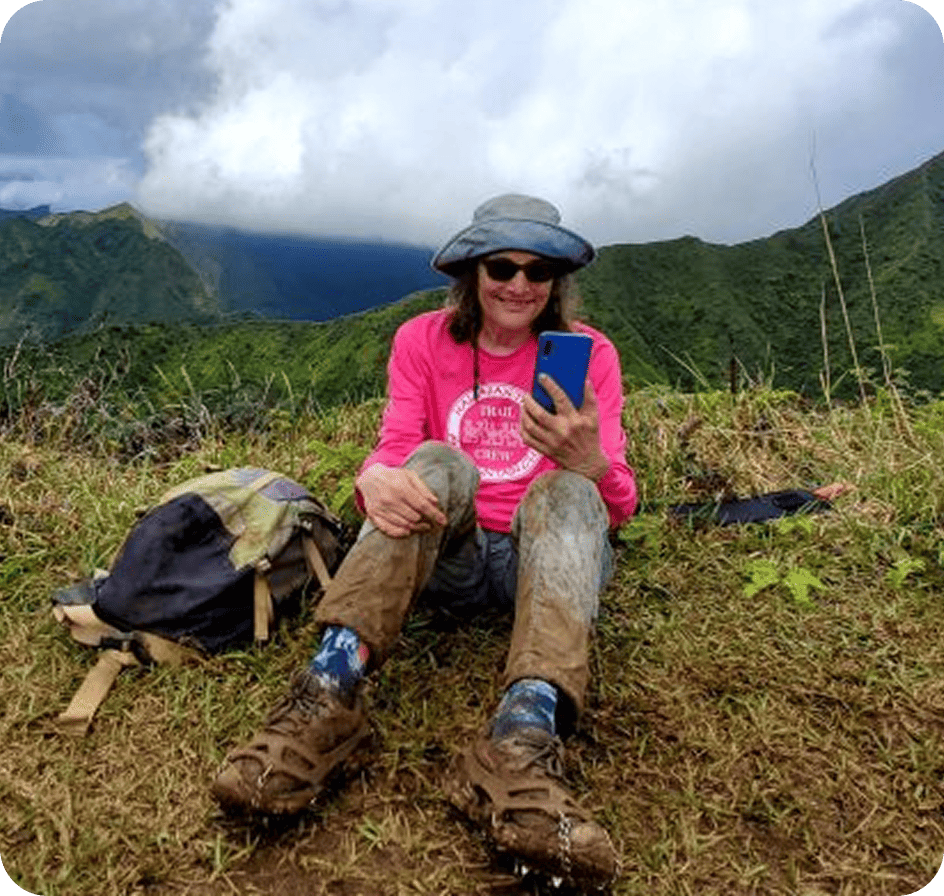
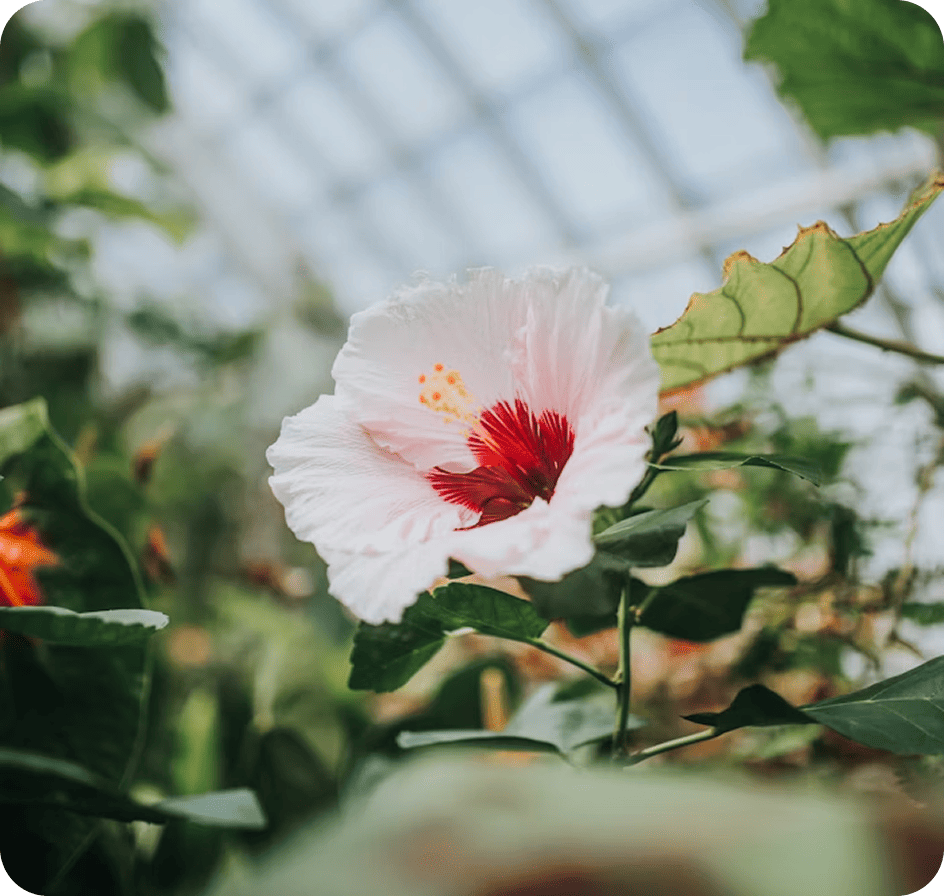
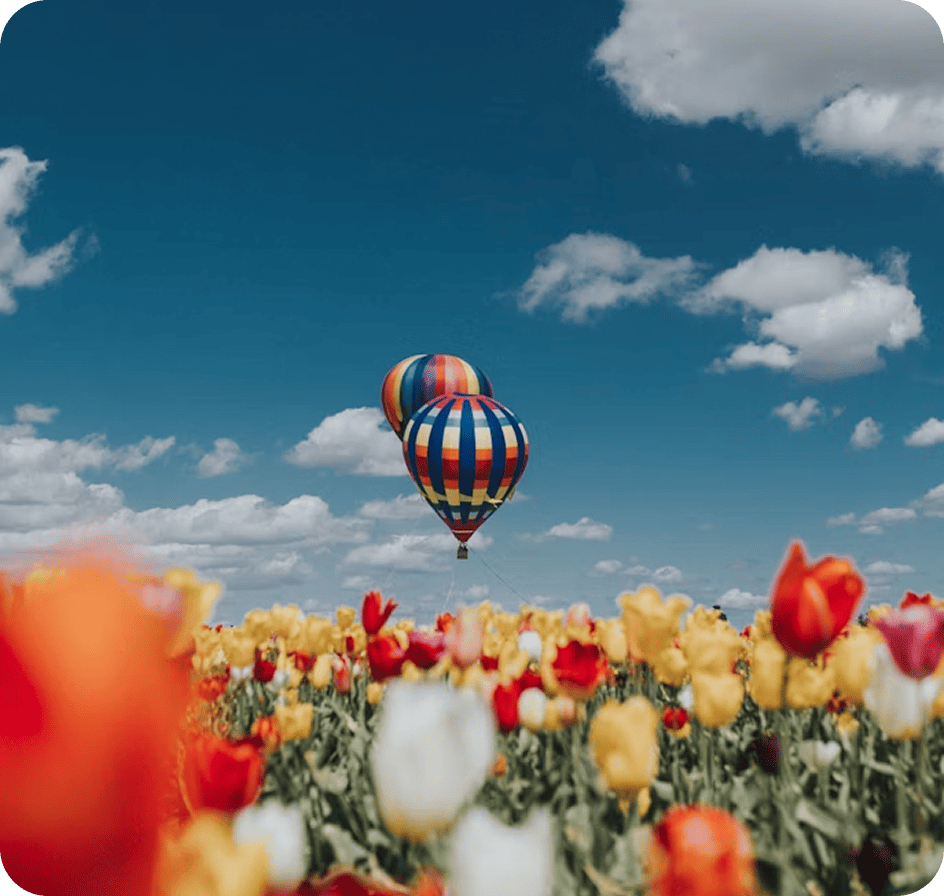
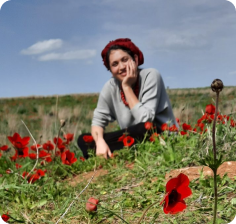
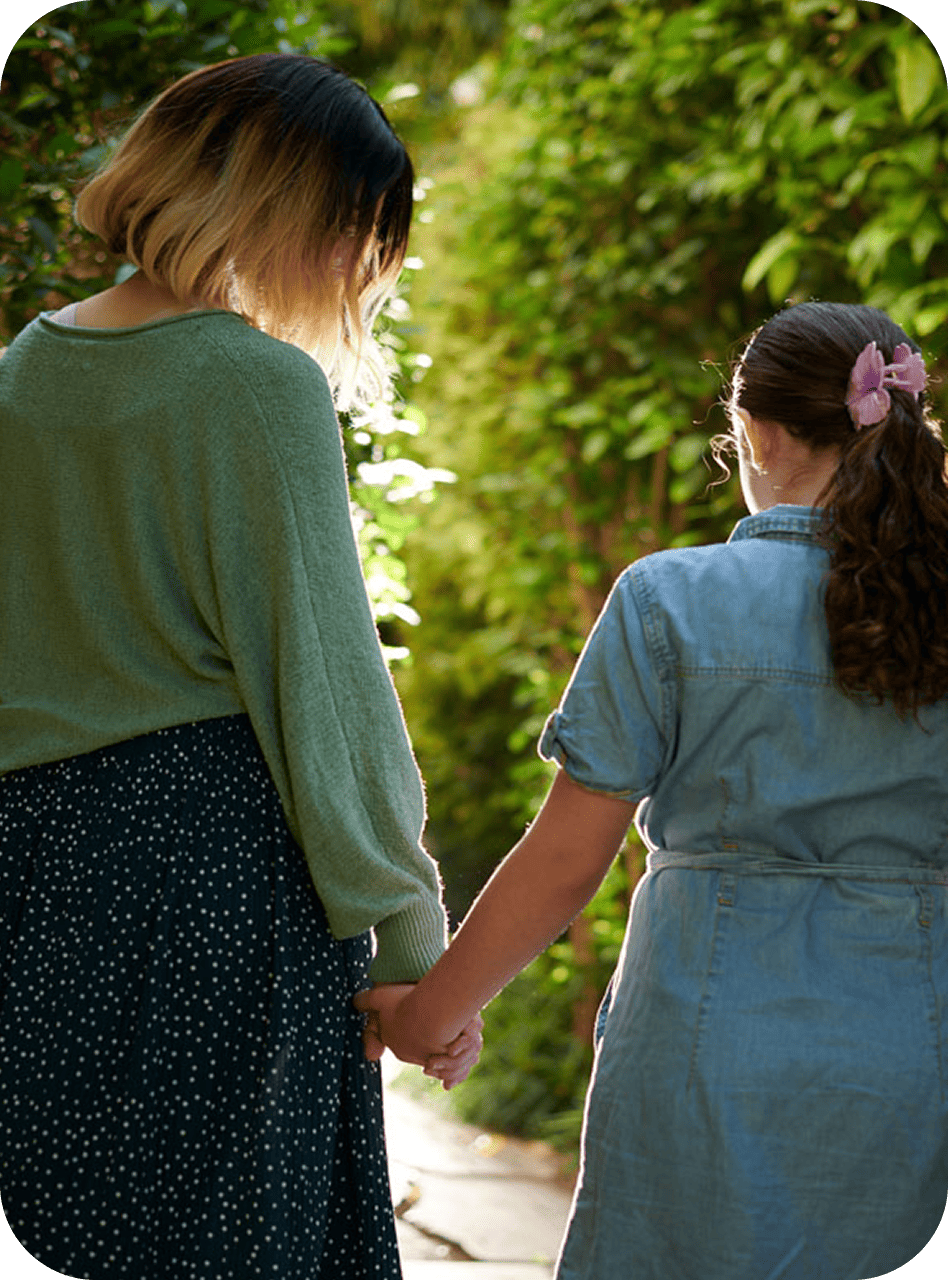
Register your free learner account now
With your free Hadran account, you can keep track of your learning options, choices and progress.
Progress tracker
Keep track of where you are in courses and masechtot.
Content updates
Follow the teachers you like. Get notified when they release new content.
Learning reminders
Receive reminders to help you keep up with your learning goals.
Account settings
Update your user and contact information.




